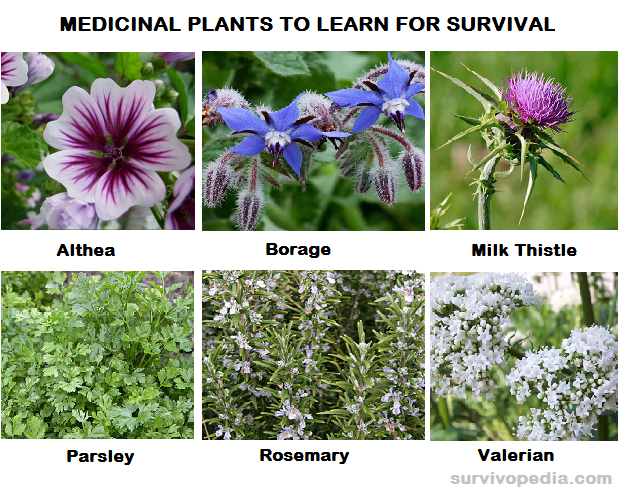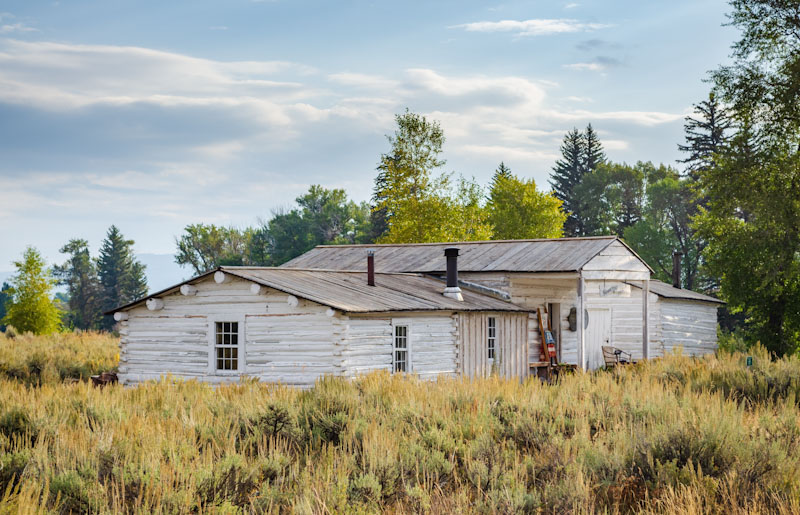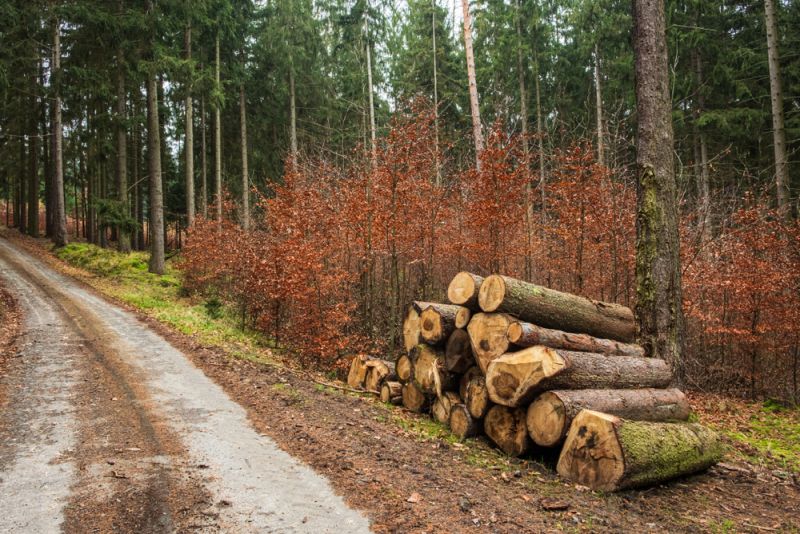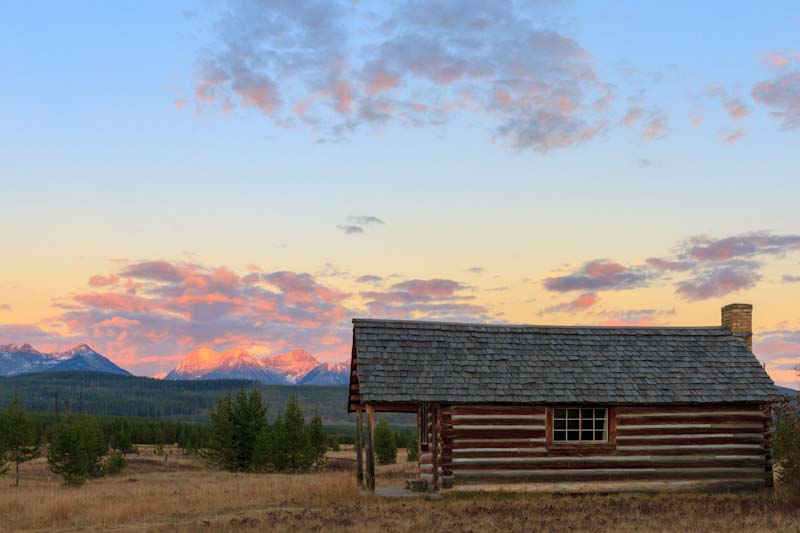When SHTF, it won’t be long before modern medicines are hard to come by, so you need a back-up plan. That’s OK though because there’s a form of medicine that can be just as effective and has been in use for millennia: herbs and plants.
That’s right. Eastern medicine, as well as Native Americans and many other cultures, used natural cures long before Western medicine even thought about a pill.
Here’s a list of medicinal plants to learn for survival.
- Althea. Grows in well-drained soil in either sun or shade. Great for skin irritations, ulcers and sore throats.
- American Ginseng. This root grows best in cool climates and is used to treat respiratory disorders and reduce fevers. It’s used orally, often in a tea.
- Barberry. This grows to as high as a whopping 9 feet tall! Use it to treat skin conditions and diarrhea.
- Belladonna. Great to use as a sleep aid but be extremely careful; too much belladonna will kill.
- Billberry. Grow these berries in full sun. Use them to ease diabetes pain, and to treat kidney disease and eye conditions. Eat the berries.
- Borage. Grows well in full sun and moderate to moist soil. Helps with arthritis, joint pain and skin conditions such as eczema.
- Catnip. Grows well in many soils. Treats cold symptoms, swelling and fever. It also helps stop bleeding when applied topically and soothes gas, migraines and stomach aches when infused.
- Cayenne Pepper. Grows well in moderate to moist soil and full sun to partial shade. Can help prevent heart attacks and heal ulcers and hemorrhoids.
- Cranesbill. This grows best in warm, semi-dry soil. It helps stop bleeding and diarrhea and is also good for canker sores.
- Echinacea. Grows well in nearly any climate as long as you don’t overwater it. Treats colds and the flu.
- Fo-Ti. Grows in sun or shade but doesn’t like extreme heat. Treats high cholesterol, erectile dysfunction, constipation and fatigue.
- Ginger. Not only is it delicious, it’s also great for migraines, nausea, motion sickness and circulation, including blood clots. Eat it or make it into a tea.
- Goldenseal. Grows best in a shady area in rich, moist soil. Use it to treat bladder and fungal infections as well as sinus congestion. Use it in teas.
- Lady Fern. Grows well in moist soil. Eases the pain of minor cuts, burns and stings.
- Licorice Root. Grows best in rich soil in either sun or shade. Can’t take extreme cold. Treats sore throats, ulcers and respiratory issues such as bronchitis.
- Marijuana. Grows well in moderate to moist soil and high sun. Treats glaucoma, depression, anxiety, high blood pressure and nausea. The hemp plant makes great rope as well.

- Milk Thistle. Grows best in semi-dry soil in temperate climates. It’s a wonderful antioxidant and can be used to treat liver and kidney problems.
- Parsley. Grows well in moist soil with sun or partial shade. Helps cleanse the blood and also helps with kidney stones.
- Peppermint. Grows best in temperate climates in moist soil. Helps treat acid reflux, heart burn, headaches and gallstones.
- Rosemary. Grows well in many different soils and climates and doesn’t require much attention. Great for upset stomach and helps with headaches. May even help treat cancer.
- Saw Palmetto. Grows great in full sun with moderately moist soil. Treats bladder infections, stomach problems including nausea and bronchitis.
- Skullcap. Needs well-drained soil and full sun. Used to treat high blood pressure.
- St. John’s Wort. Grows well in warm, moist soil and can’t tolerate the cold. Works well to treat depression and can also slow the progression of HIV.
- Tart Cherries. Grows on trees in moderate to warm climates. Can’t take extreme cold. Helps treat arthritis and diabetes and may help prevent cancer.
- Tea Tree Oil. This is tough to grow so we suggest that you stock up on it. It’s a powerful antibacterial, anti-viral and anti-fungal and works wonders to treat athlete’s foot, vaginal infections, acne, and many other conditions.
- Valerian. Easy to grow in many moderate to warm climates. Remove the flowering stems as soon as they appear. Great for insomnia and anxiety.
- Vinpocetine. This comes from lesser periwinkle and helps to treat people with stroke, Alzheimer’s and vascular dementia.
- White Willow. Grows best in moist soil. It’s the mother of modern aspirin and is used to treat fever, inflammation and aches.
- Wild Yam Roots. Native to China, these roots grow best in temperate climates. It’s great for rheumatoid arthritis, menstrual cramps and nausea.
- Witch hazel. Grows best in moist, acidic soil and full sun but it isn’t too particular. It will even grow in partial shade. It’s an antiseptic and also helps make bruises feel better. Also used to treat IBS and other bowel issues.
There are many different medicinal herbs and plants that can be used for healing. Some are more effective than others and many can be lethal if used in the wrong dosage.
We recommend taking the time to learn about medicinal plants if you plan to use them. Buy a book written by a respected expert.
If you have others that you’d like to share, please do so in the comments section below.
This article has been written by Theresa Crouse for Survivopedia.









Cheri Campbell | August 7, 2014
|
Hens and chicks (not the proper name) is a succulent plant, that when boiled in a teapot, will help a cough. Boil 10 leaves allow to steep. Pour into a cup and add honey. The liquid has a bad taste, but it will help a cough and the honey will soothe the throat.
dana dobbs | August 7, 2014
|
Piping rock has a websight were I buy all my essential oils for medicinal healing they are very handy for use. You have to be careful with mixing. Also doterra has a book for home remedies. Definitely a hood investment. You can use them for healing, vooking and cleaning. Be advised some are expensive, so really shop around and look for a guarantee on purity.
SURVEYOR | August 7, 2014
|
Theresa, what about elderberry, circumin, oregano & garlic…
why didn’t you include them?
Ginger | August 8, 2014
|
Although, it is not a small plant – it is a tree. I think every American should have several growing in their yards. This tree is called the “Miracle Tree’ in some countries, but its name is Moringa Oleifera. It has been used in parts of India and Tibet, etc. for over 4,000 years. Research trials have found that it cures over 300 medical problems. It is still being researched to find more things that it will help, or in many cases, cure.
It is being used in some third world countries (brought in by mission groups) to stave off malnutrition of youth, pregnant mothers and whole families. It is the only tree known in the world that contains the 9 essential amino acids that your body can not make as it does for some of the other amino acids. These 9 amino acids are the essential ones that we must get from our diet. Its anti-viral, anti-bacterial qualities are also important.
The seeds of the tree are being crushed and being used to purify water. There are many videos on line about it. There is a good Discovery Channel video that tells about many of its properties. You can dry the leaves yourself and grind them into a green powder to be used in smoothies, added to water, beverages and other foods. It has been grown in Hawaii for over 15 years, but only in the last few years is it beginning to show up more on the mainland of the US.
Scraping the bark off and taking the sap and putting it on cuts and woulds have the save effect as medical creams and salves. With hard times coming, it would definitely be something to look into to have on hand. I got 100 seeds from the Seedman.com and I plan to germinate these and share them with family, friends and neighbors. You can also take cuttings from trees and root them. The anti-viral property really interests me now.
Julia Snoke-Morales | September 6, 2014
|
Ginger, thank-you for the tip on “Seedman.com”! I’m always looking for good supply sources; looks like they may have a lot of varieties not available at the usual US seed supply houses, and at reasonable prices. 🙂
Carroll the Irishman | August 8, 2014
|
Thanks Theresa for this info. Good thing to know and use. I really appreciate that I could get it in a PDF. That’s a real plus. I was raised in Virginia but, was born in Parkersburg. I’m a bunch of years older than you and sincerely appreciate the fact you choose to live off grid and grow your own. Better to be prepared for ANY situation that may rear it’s ugly head. Be it natural or man made. As in government/s.
Pingback:Prepper News Watch for August 8, 2014 | The Preparedness Podcast | August 8, 2014
|
Lois | August 11, 2014
|
Another excellent herb to help with anxiety, sleeplessness, and other problems is the lavender plant. There are countless varieties and many are used to make tea (tisanes) and are used as flavorings in almost anything from Steaks to Cookies. The essential oil made by distilling lavender is used in lotions, creams, ointments, salves, powders, and sprays. It is a natural insect repellent as well. May I mention that we grow lavender on our farm in Arizona and sell many wonderful lavender products at http://www.windyhillslavender.com
Mister | August 13, 2014
|
Don’t forget Aloe Vera and. Nothing works better for burns or minor wounds. The leaf must be left on until all of the moisture has been absorbed into the skin, if there is still pain felt from the burn or wound then keep applying until the pain goes away. Usually applying for a couple hours does the trick.
Pingback:30 Medicinal Plants That Could Save Your Life - Survival Life | Preppers | Survival Gear | Blog | September 4, 2014
|
Pingback:30 Medicinal Plants That Could Save Your Life | SurvivalistBasics.com | September 4, 2014
|
Jose | September 4, 2014
|
Theresa, Great info!
Julia Snoke-Morales | September 4, 2014
|
Thank-you for the general article on medicinal herbs, but I wish there was a lot more to it. Specifically, WHERE to find the herbs growing wild, and HOW to identify them (diagrams of leaves, size, color, location/habitat, & anything else needed to identify the plant.) I was raised on the East coast & was taught many wild plants & their used by my grandmother who was from the back hills of North Carolina; but due to my service in the military have been in California for over 20 years & am still at a loss to identify many if not most of the medicinal and/or edible plants that grow on the West coast. If your article is mainly depending upon people purchasing their herbs or essential oils thru commercial suppliers, then this is not much more useful than telling people to stock up on commercial medicines, antibiotics & salves, as they will be no more readily available in a time of crisis than any other “modern”, commercial product. If there is a particular advantage to stocking herbs over drugstore-type medicines, then please explain what the advantage is, if it is due to cost savings, storage life, less likely to be stolen, or what; from the previous comments it sounds like many of the prepared herbs or oils may be expensive, so no particular cost savings.
Brittany | January 21, 2021
|
If there is a chance you see this comment 7 years later I wish you have found the resources you were looking for and could share with me. I have been looking for the same information as well.
Pingback:Top 30 Medicinal Plants To Learn For Survival | September 5, 2014
|
Sam W | September 20, 2014
|
I live in Oklahoma the best book I have found for personal use is medicinal wild plants of the prairie. Its stuff I can find growing wild.
lea | June 17, 2015
|
I would add plantain – broadleaf grows wild here in Pac NW and is beneficial for minor wounds.
Pingback:Top 30 Medicinal Plants To Learn For Survival | August 4, 2015
|
Alejandro | August 29, 2015
|
Good way of explaining, and nice piece of writing to take information on the
topic of my presentation focus, which i am going to convey in institution of higher
education.
Roderick | October 4, 2015
|
There aree plenty of ways on how to get rid
of warts on hands. After a few days the wart will start turning black which means its dying.
That said, my fundamental prediction remains, on an amended time schedule.
Pingback:Survival Herbal Recipes From Our Ancestors – The Prepper Dome | May 10, 2016
|
Pepper anderson | February 4, 2018
|
Mullein grows along roadsides , leaves ate gray green. Make into or add to tea for antibiotic , lIcorice rooT aids in stopping smoking. Chew on root instead of smoking. Chamomile is a natural sedative. Cedar leaves made into tea helps with lungs when flu season is around. Pepppermint oil and lavender oil are rubbed on temple and neck work awesome for headaches. I could go pn and on but not enough space.
Pingback:10 Herbal Tinctures to Keep on Hand | Survivopedia | January 14, 2019
|
Pingback:Survival Herbal Recipes From Our Ancestors | Survivopedia | May 6, 2019
|